Cycling has a body image problem: what’s causing it and what you can do about it?
Looking sleek, stylish and fast is an integral part of cycling, but brings with it a pressure to conform. Chris Marshall-Bell breaks the taboo on the sport’s body-image troubles

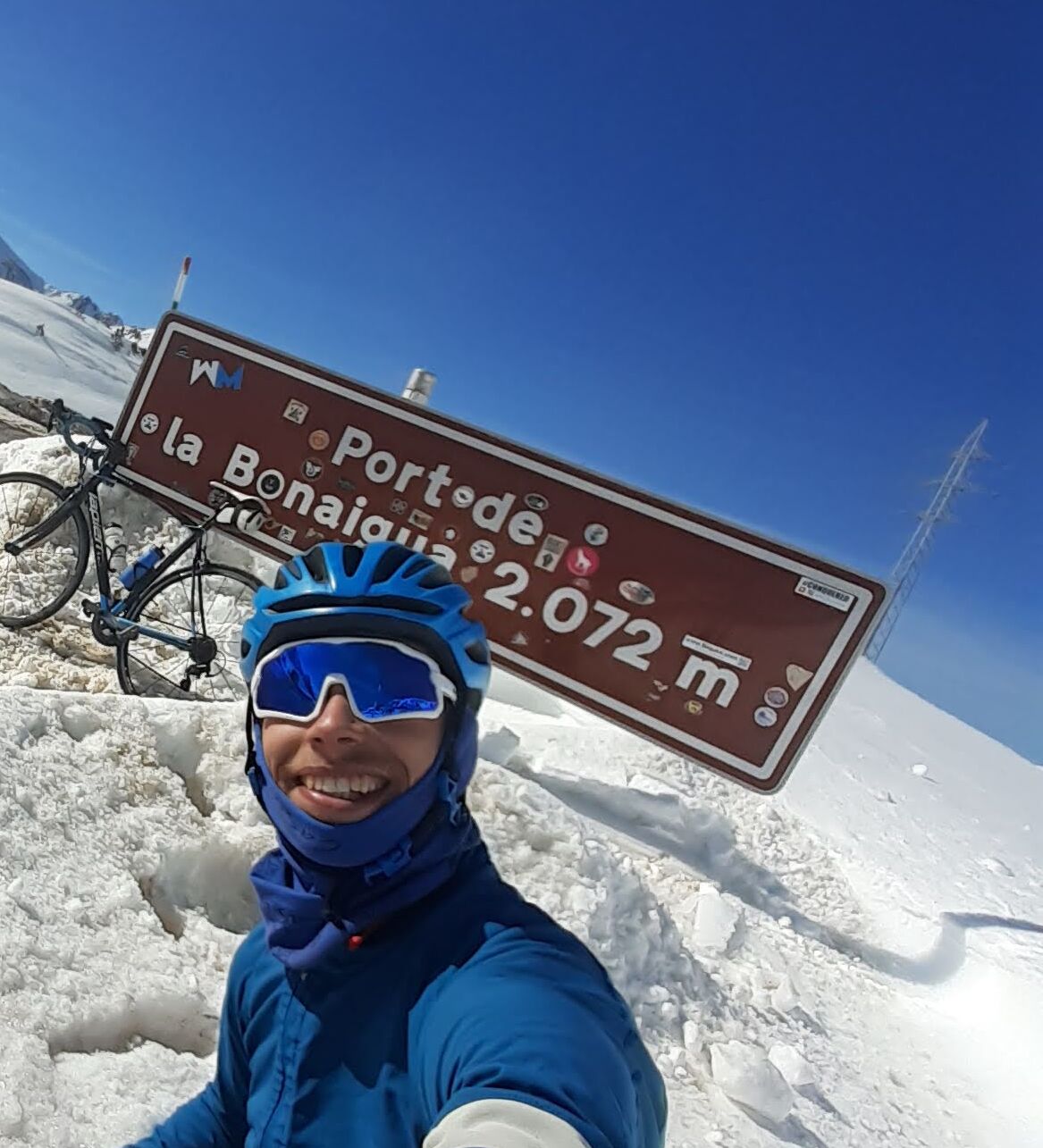
This article was originally published in Cycling Weekly's print edition as part of the WE NEED TO TALK ABOUT series tackling taboos and raising awareness of cycling-related health issues.
When Jacob Ward took up cycling during the Covid-19 lockdown of 2020, inspired by watching the Tour de France, he was instantly hooked. “I was so impressed by their feats of endurance that I wanted to be like them,” he remembers. But there was one hitch: as a former rugby player and keen bodybuilder since his teenage years, Ward was bulkier than the average road cyclist. “My physique was abnormal for a cyclist and I had quite a lot of pushback, negative comments, people assuming I wasn’t good enough for cycling because of how I looked.”
A social media influencer with over half a million followers across Instagram and TikTok, 23-year-old Ward was initially hesitant to post cycling content. And when he did, some of the comments were unkind. “Look at him, he thinks he’s a cyclist, but he’s clearly not,” he cites one such example. “Just because I was not an ectomorph [someone who is naturally light and thin] and didn’t look like a traditional cyclist, it didn’t mean I couldn’t be involved,” he adds.
If someone with a powerful, sculpted physique like Ward can find himself subject to judgemental comments, it barely needs spelling out that cycling holds aloft abnormal, arguably unhealthy ideals of body type and appearance. Too many of us feel under pressure to look, dress and behave a certain way. It’s something we need to talk about more because it affects most of us to some degree, at some stage in our cycling lives – we’re made to feel insecure, or at least more concerned than we’d like, about how we look on our bikes.
What is cycling’s body image problem?
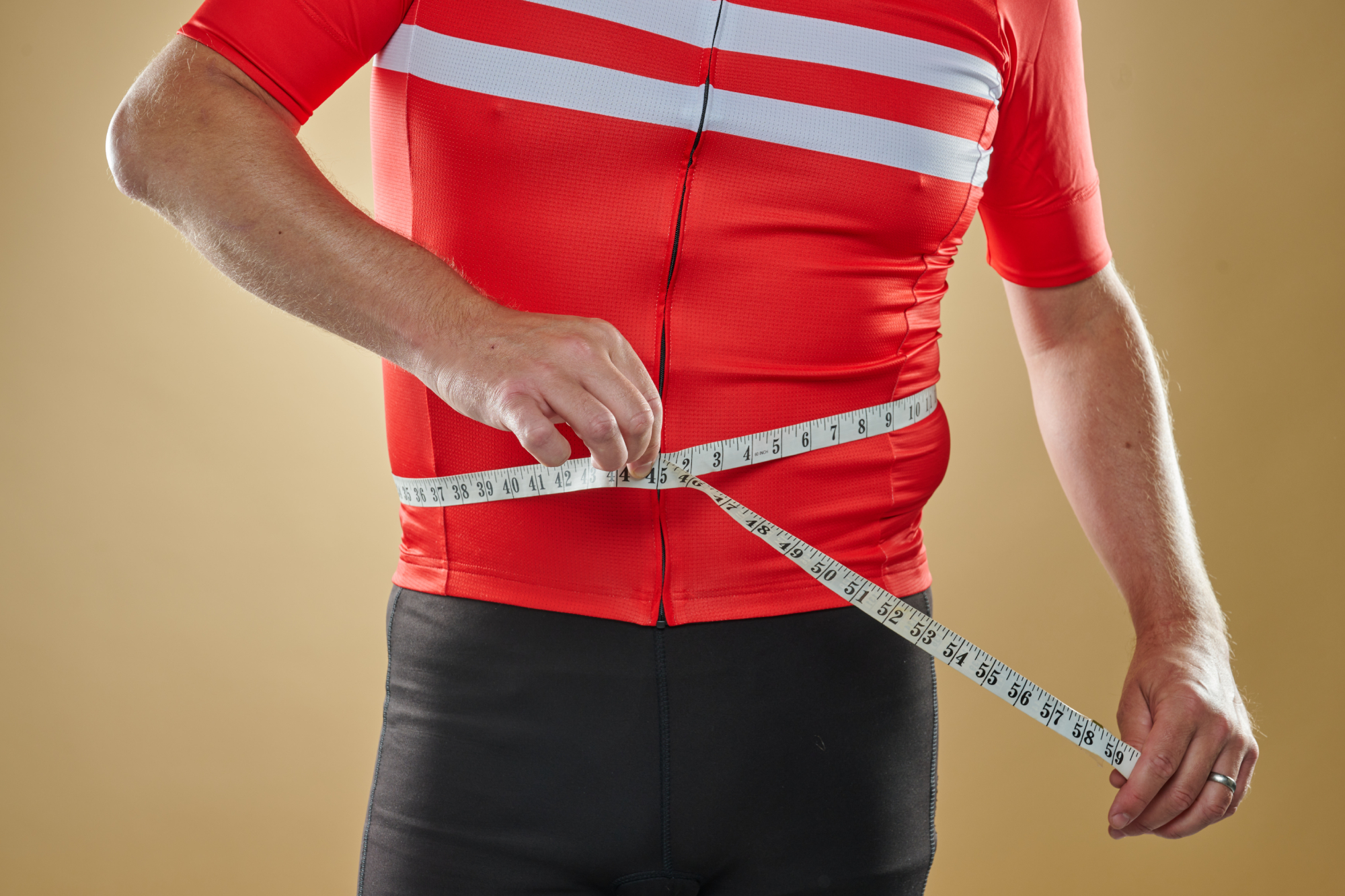
What exactly do we mean by cycling’s body image problem? The commonest issue is an excessive worry about body weight. Our sport prioritises lightness, hypes up climbing achievements, and the rising popularity of eRacing – where watts per kilo are even more decisive – further fuels the desire to be lighter and leaner. That in turn can lead to disordered eating – a huge topic in its own right, which we will explore separately in a future piece in this series.
For this feature, we’re going to focus on the social pressures to conform to a particular image. Often, for male cyclists, this relates to an idealised standard of masculinity – itself perplexing, given that, outside of cycling, the slight, skinny figure dressed in skin-tight clothing is a far cry from the accepted masculine norm. From shaved legs, to sock length, to color and kit choices, there can seem to be no end of pressures dictating how we’re meant to present ourselves.
Most of us learn on first contact with a club or cycling group that cycling involves much more than just pedalling – it’s a sport with strict social rules to abide by. We all know this, but we rarely broach the subject or challenge whether all these expectations and fussiness are really necessary.
Get The Leadout Newsletter
The latest race content, interviews, features, reviews and expert buying guides, direct to your inbox!
Dr Jack Hardwicke, a lecturer in health sciences at Northampton University, is one of the few who has investigated these mostly unwritten rules. A former second cat amateur racer, Hardwicke remembers how “within cycling circles, if you have a crash, you carry on. If you don’t, you get called soft or are told to man-up. This pushed my interest to understand cycle culture and how it might affect a range of health disorders.”
Earlier this year, Hardwicke published a book, Masculinities and the Culture of Competitive Cycling. “From grassroots to the professional level, cycling has all of these unwritten rules, norms and values to learn and to negotiate. If you press a cyclist on why they follow them, they don’t have a good answer, other than because everyone else is doing it. There’s this ingrained idea that you have to learn and adopt these measures to become a cyclist, and the culture of cycling is all-encompassing for many.”
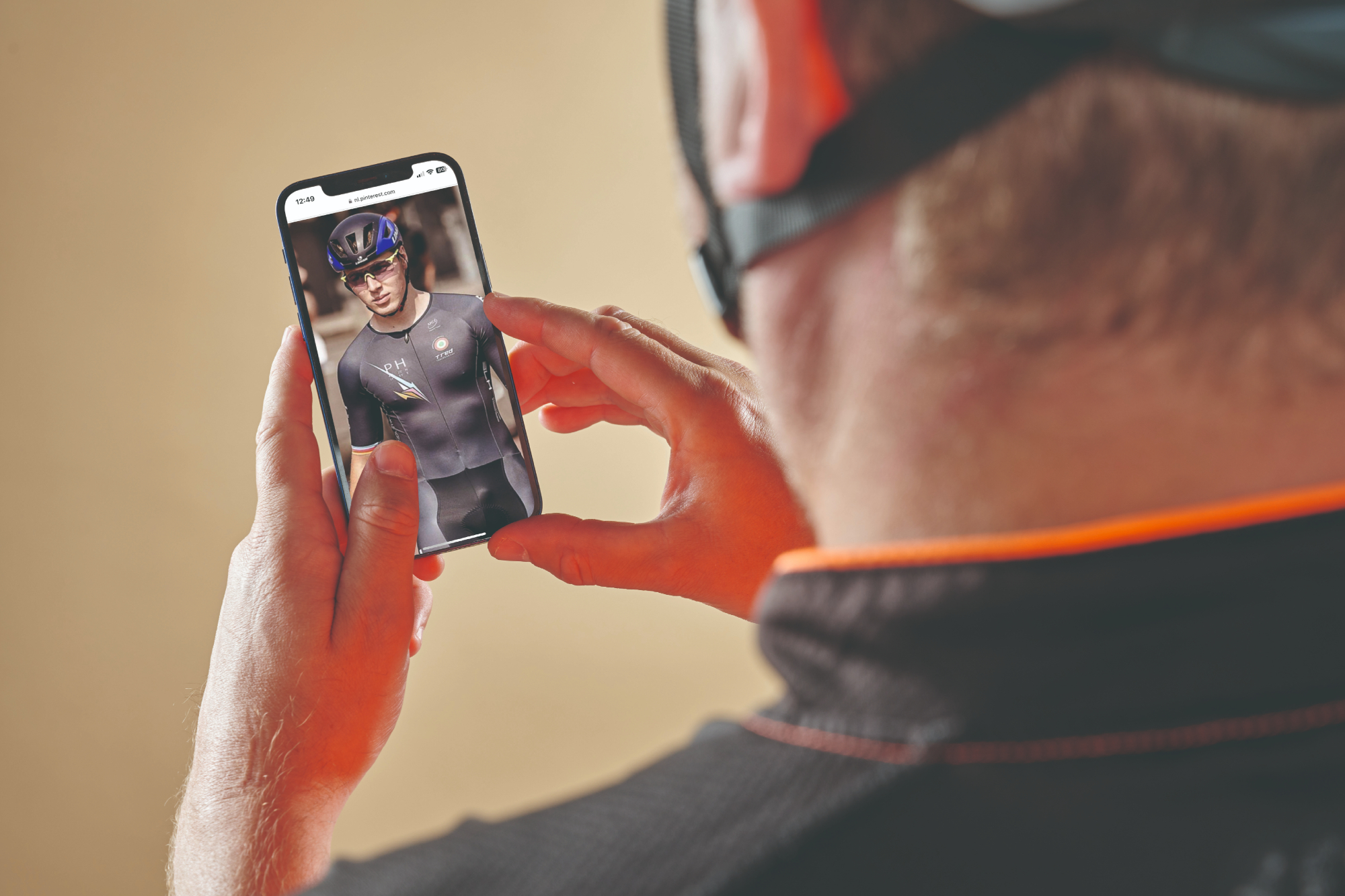
In his book, Hardwicke discusses how competitive cycling is a subculture in which participants follow codes and rules in order to affirm their identity and membership, i.e. they feel a pressure to fit in. “Male competitive road cyclists often exist within a hierarchy where a constant negotiation of position happens and traits of orthodox masculinity, such as physical fitness and risk-taking, are highly valued,” he writes. “Individuals within a road cycling subculture will often form a social identity based on the sport [requiring] significant material and bodily commitment.”
Of course, many cycling clubs and groups are happy, generous and welcoming environments, but in certain sections of the sport the body and appearance ideals that we uncritically follow can have negative consequences on our self-esteem and mental health.
Jenny Tough: ‘I only saw one type of person: a skinny white man’
Jenny Tough is a highly successful adventurer and ultra racer. Despite her renown, she has not always felt like she fitted in within cycling: “I feel like I don’t belong in this sport because, in my mind’s eye, I don’t look like a cyclist,” she says. In 2022, Tough confided to her friend and fellow adventurer Emily Chappel her worry that she was “too big to be a cyclist”. Chappel’s response was that she too had often felt similar unease – even though she too was a highly accomplished ultra rider. Indeed, Chappel won the vaunted Transcontinental race in 2016. Together, the pair produced a powerful short film as part of Canyon’s The Rider series, discussing how they have felt uncomfortable about their bodies – and how they have supported each other through these emotional difficulties.
“I used to follow what everyone told me to do in cycling: long rides, counting carbs, fasted rides in the morning, but then I lost my period,” Tough recounts her struggles with harmful patterns of overtraining and under-fuelling. “People told me that if I was still having periods, it meant that I wasn’t working hard or going deep enough. But it’s ridiculous: we shouldn’t be judged for how we look but for what we all bring to the sport.”
In mainstream depictions of bike racing, there is very little diversity. Tough refers to the Netflix docuseries Tour de France Unchained. “I was addicted to [the series], but I saw only one type of person: a skinny white man,” she says, “and that’s the way it’s always been. I’m not attacking any individuals – Netflix is documenting the reality of the Tour de France – but apart from Orla [Chennaoui] giving commentary, everyone else is the same, and that’s harmful for new people entering the sport, or for cyclists who, like me, feel on the outside.”
Jacob Ward: ‘False perfection’
Ward remembers the criticism he confronted when he started cycling. “Anyone new to a sport makes mistakes,” he says. “The training might not be correct, the kit might not be worn properly, or not the flashiest, and you won’t look like a pro. Many people on social media thought I was all for show, I wasn’t a real cyclist. I was considering stopping cycling because I learned that my body type isn’t a traditional cyclist’s. But that doesn’t mean I can’t go to France and climb Mont Ventoux.”
A post shared by Jacob Ward (@jacobwardd)
A photo posted by on
Nowadays Ward averages 200km a week on his bike and regularly seeks out long-distance challenges; last August he rode 274 miles to raise money for the Brain Tumour Research charity. “A lot of people from the gym have messaged me saying they didn’t think they could get into cycling because it wasn’t easy for them,” he says, “but that I’ve shown them they can do it. Cycling is a great sport, whatever you look like, and it shouldn’t be a barrier. I hope I am changing that and eroding this false perfection, being a spokesperson for the bulkier cyclists who don’t fit into the norm.” The irony, of course, is that Ward’s muscular body – complete with six-pack and bulging biceps – is exactly what wider society holds up as desirable; cycling upholds its own, very different ideals.
Sam Lerner: from rugby to riding
Sam Lerner was obsessed with the Tour de France from the age of 11. He became a keen cyclist and pursued the hobby until he moved to London for university and started playing rugby. When he got back on his bike in 2018 aged 31, he weighed 92kg. “There’s this constant feeling in my head that I’m just out of sync with how everyone else looks,” he says. “Cycling fetishes the big mountains, and rightly so – they’re the most beautiful and exciting part of the sport. But for someone like myself, I’m never going to be good at them, and I’m aware that if I want to have a great time riding abroad and doing cycling bucket list things, it has to include the mountains.”
As in the stories above, Lerner could not resist comparing himself to the unrealistic body shapes of riders at the pinnacle of the sport. “I remember my dad quizzing me from previous Tour de France guides on riders’ weights and heights. Everyone was lighter than I was,” he explains. “The only exceptions I remember were Magnus Bäckstedt and Marcel Kittel. No one else. It was a weird feeling from day one that I was not even close to the climbers and I didn’t fit into the sport.”
Competitive cultures in sports including cycling
Body image problems are not exclusive to cycling. In the course of his research, Hardwicke learned that football, rugby and other sports have their own share of similar issues. “All of these competitive activities developed [their competitive cultures] in the Victorian age when the mantra was to train hard, risk your health and be a man about it all. It shaped our behaviour,” he explains. “But these attitudes no longer match the world we live in, which is much more inclusive. Most cyclists are welcoming, but we can’t ignore that in some clubs there are tight social networks and if a newcomer doesn’t turn up with the right kit, shaved legs, can’t hold the pace, the guys at the front will ride until they’re dropped. Sport, right down to the grassroots, is really behind the rest of society on a race of social measures and inclusion.”

Still, there are reasons to be hopeful. None of our three riders featured have given up on the sport, and all have found ways to overcome their body image worries. Ward has developed a thick skin to his detractors. “All of my best friends now are from cycling,” he smiles. “Of course it’s a judgemental sport; of course it’s very niche and can be egotistical, but I like to think I’m proving that anyone can wear Lycra and can enjoy cycling whatever their level.” Change takes time, and cycling is slowly becoming a more diverse sport. “In adventure racing, I never feel out of place because it’s such a safe space,” adds Ward. “I’ve never felt scared off in an off-road event like I do if I turn up to a Saturday crit. That shows that it doesn’t have to be that way.”
Hardwicke concurs: “Gravel cycling is developing a huge fanbase and that’s partly because its culture is so different and more inclusive while retaining the competitive element. I stopped road racing midweek because I felt like I was at the start of a Tour stage, surrounded by 40-year-old full-time working men with all the gear and a warm-up regime, taking it all so seriously, whereas in gravel racing not everyone wants to be super competitive. Hopefully road cycling will naturally start to mirror that culture, and people will be drawn to it. There’s no reason why not.”
Body image concerns extend beyond racing – they affect the whole of cycling. Most of us want to get faster and fitter, and most of us want to do so as part of a riding community. Feeling secure and accepted within a club or group is essential to our flourishing in the sport – and no one should feel put off by fears that they will be judged on their appearance. These are barriers that, as our interviewees have shown, can be challenged and overcome to make all of cycling more inclusive and body-positive – and every one of us can play a part.
Body dysmorphic disorder and cycling
A person’s self-image can have a serious impact on their mental health, at worst developing into an all-consuming problem. There are cases of cyclists suffering with body dysmorphic disorder (BDD), which may arise when a person feels abnormally concerned about how they look. BDD typically forces a rider to change their eating habits, leading to disordered eating, underfuelling and possibly chronic health problems.
Jason Nagata is a paediatrician at the University of California. Referring to a study on US college students, he highlights how sportsmen are adversely affected in comparison to the general population. “Boys [with BDD] who underfuel their training often suffer from lower testosterone levels and lower libido levels,” he says. “I think one of the big challenges is that many of these boys and young men are engaging in these behaviours with the ultimate goal of increasing or maximising their performance and appearance. But in the end, it can actually stunt their growth.
BDD can be triggered by environmental, psychological and biological factors, and can be exacerbated by negative comments without sporting environments – such as being told that they aren’t skinny enough to be a cyclist. Symptoms include frequently checking appearance in the mirror, or avoiding mirrors altogether; compulsively exercising to the point of exhaustion; comparing oneself against others frequently; seeking comments about one’s appearance and disregarding compliments; feelings of depression, anxiety and shame; in rare cases, suicidal thoughts.
“It’s not just the activity itself, it’s also the way the activity makes them feel,” Nagata adds. ”When someone says that the exercise is really causing them more worry or preoccupation than joy, and when it starts to impair their social functioning, those are all red flags.”
Anyone who has one or more of those symptoms related to their perception of their appearance should visit a specialist doctor as soon as possible. Treatment may include cognitive behavioural therapy. If you are affected, visit the bddfoundation.org for further information and treatment advice.
Breaking down barriers: what can you do?
There are a few things we can all do to ensure that no one feels compelled to hanker after unrealisable body ideals and is able to feel comfortable in their own skin.
- Reassure club-mates and friends that there is no correct way to look
- Wait for riders who are dropped on group rides – it won’t harm your fitness or your reputation
- Be encouraging to newer riders still finding their feet in cycling
- Compliment riders for their improvements, skills and attitude, not for their style or machismo
- Don’t criticise inexpensive bikes and kit – they might be the best the rider is able to afford right now
- Remember that body hair is a personal choice; leg shaving is an aesthetic preference, not proof of membership of the ‘serious cyclist’ club
- Never comment on a rider’s weight or body shape
This full version of this article was published in the print edition of Cycling Weekly. Subscribe online and get the magazine delivered direct to your door every week.

Thank you for reading 20 articles this month* Join now for unlimited access
Enjoy your first month for just £1 / $1 / €1
*Read 5 free articles per month without a subscription

Join now for unlimited access
Try first month for just £1 / $1 / €1
A freelance sports journalist and podcaster, you'll mostly find Chris's byline attached to news scoops, profile interviews and long reads across a variety of different publications. He has been writing regularly for Cycling Weekly since 2013. In 2024 he released a seven-part podcast documentary, Ghost in the Machine, about motor doping in cycling.
Previously a ski, hiking and cycling guide in the Canadian Rockies and Spanish Pyrenees, he almost certainly holds the record for the most number of interviews conducted from snowy mountains. He lives in Valencia, Spain.
-
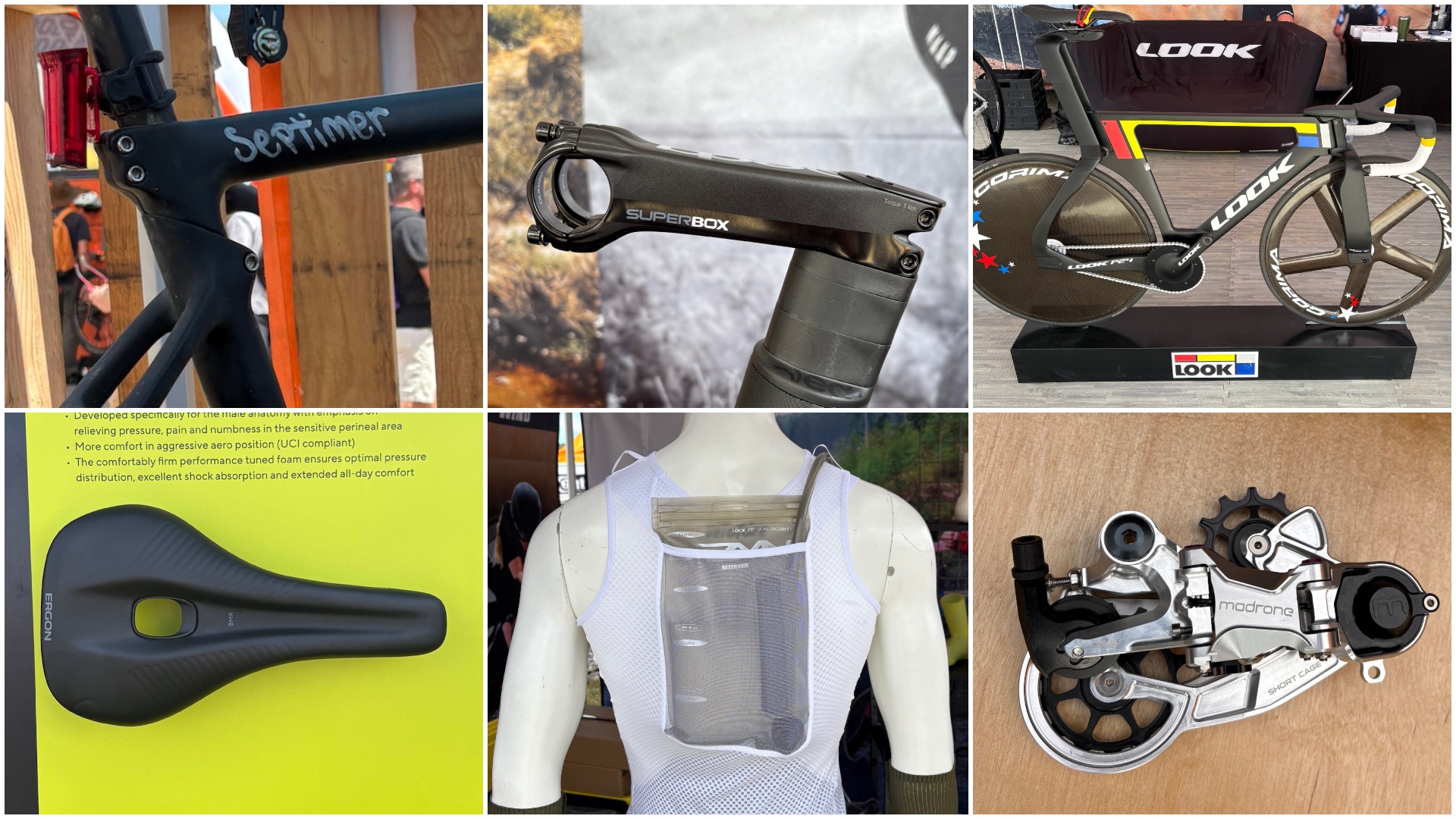 The Sea Otter Classic: sights and sounds from the biggest bike gathering in North America - Part 1
The Sea Otter Classic: sights and sounds from the biggest bike gathering in North America - Part 1Odds and ends that run the gamut, from a $13,000 frameset to armoured kit and new hydro-vests
By Tyler Boucher Published
-
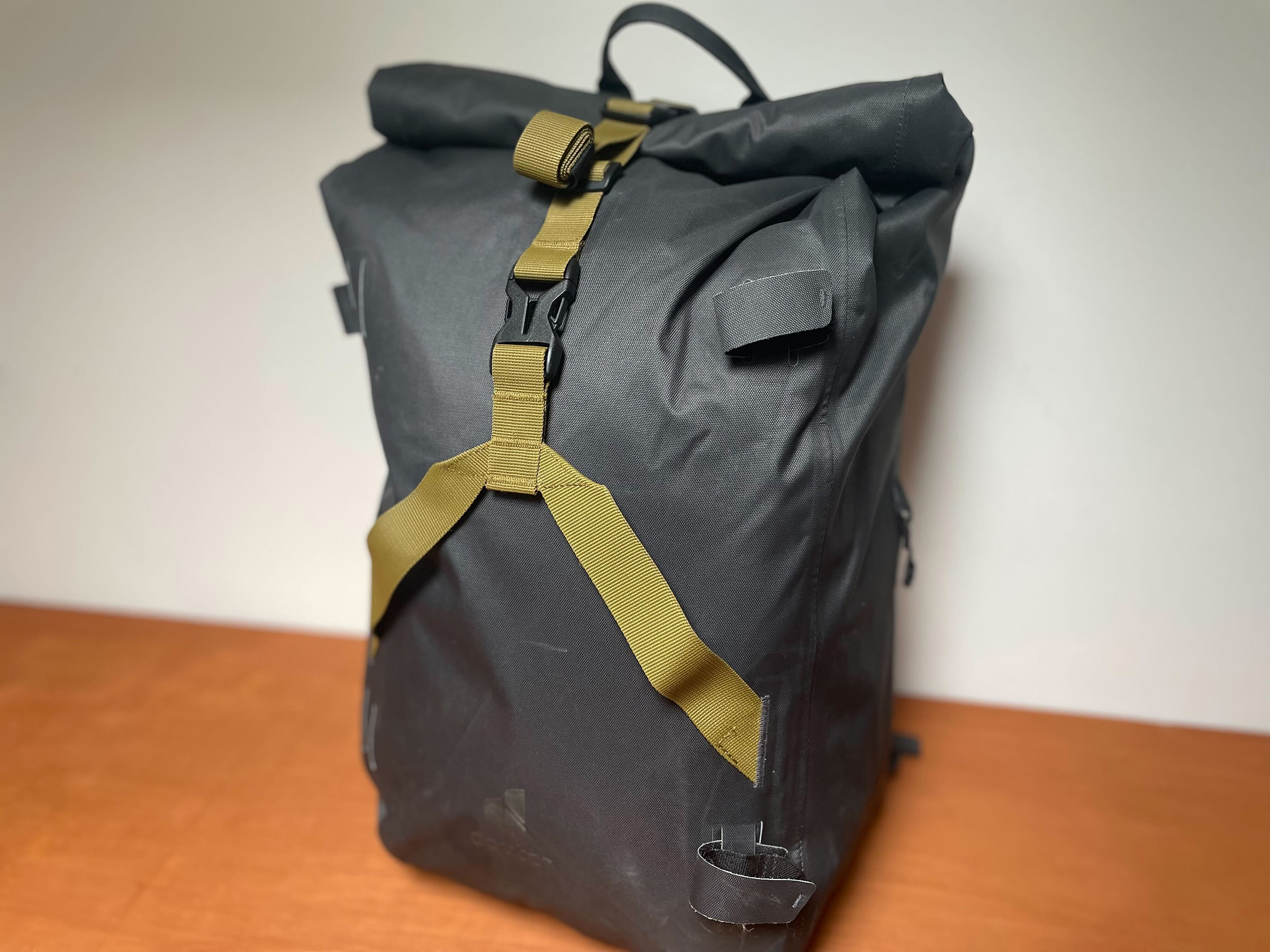 Deuter's 30ltr commuter backpack
Deuter's 30ltr commuter backpackA rolltop bag to fit a change of clothes and a sandwich. And keep them dry
By Simon Richardson Published
-
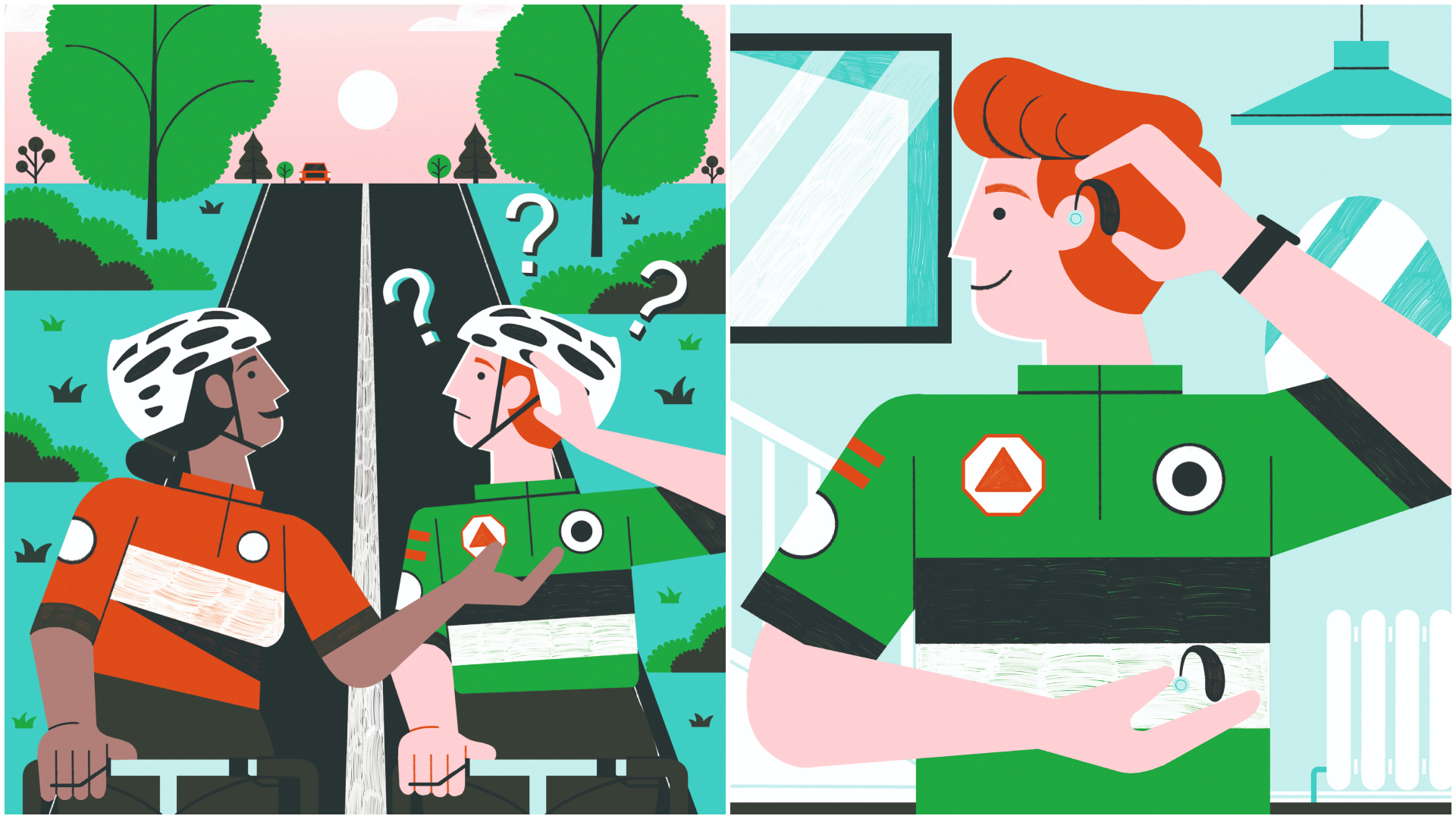 ‘Even at 10mph you’re actually causing some noise trauma to your ears’: cycling and hearing loss
‘Even at 10mph you’re actually causing some noise trauma to your ears’: cycling and hearing lossStruggling to catch all the banter on group rides can be frustrating – but it shouldn’t be a source of shame or stigma. Chris Marshall-Bell calls for greater openness around hearing loss
By Chris Marshall-Bell Published
-
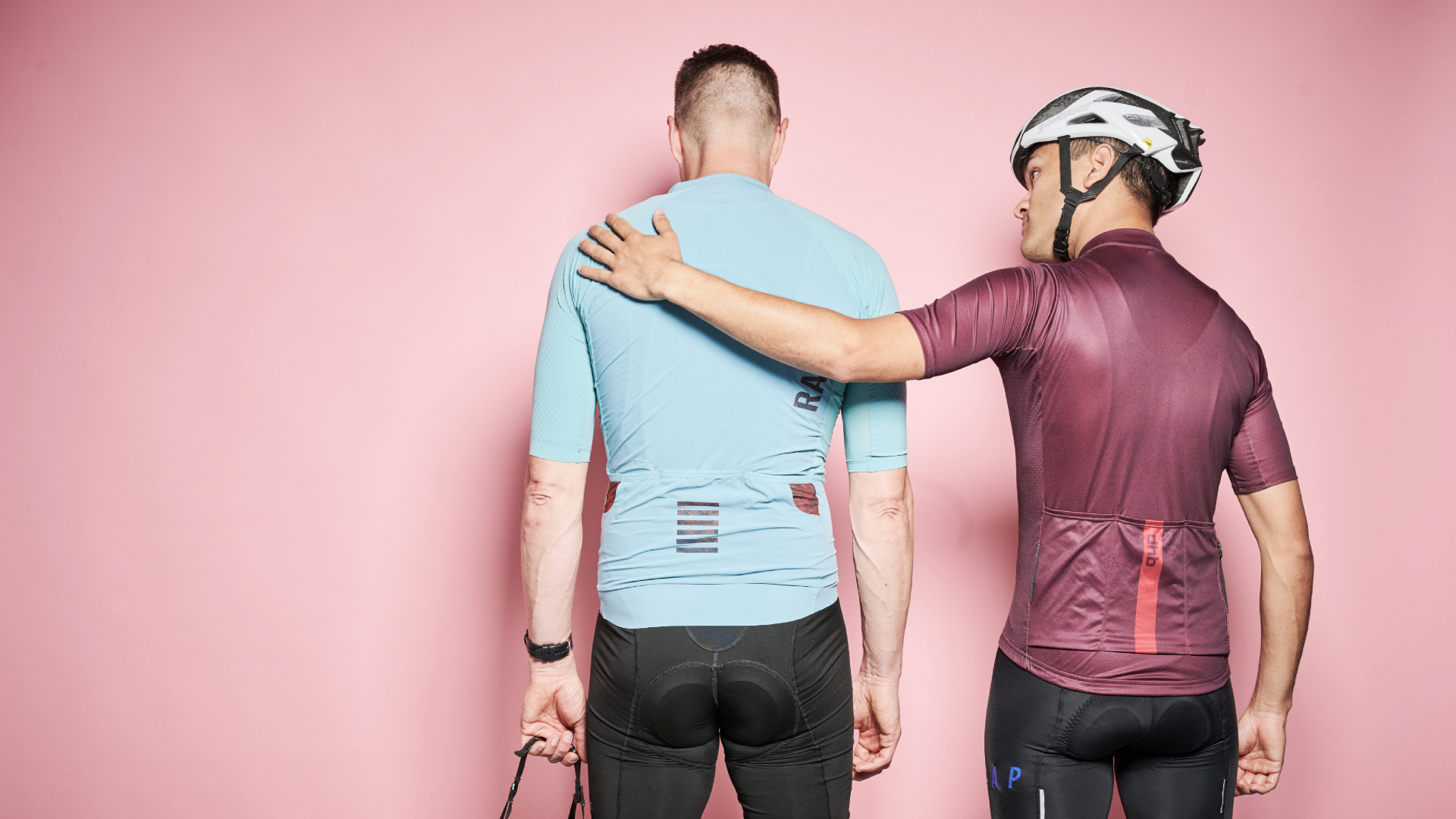 ‘Everything got a little bit better’: the role cycling can play in the grieving process
‘Everything got a little bit better’: the role cycling can play in the grieving processAt some point in our lives, every one of us will be affected by bereavement. we find out how cyclists can help one another through the grieving process
By Chris Marshall-Bell Published
-
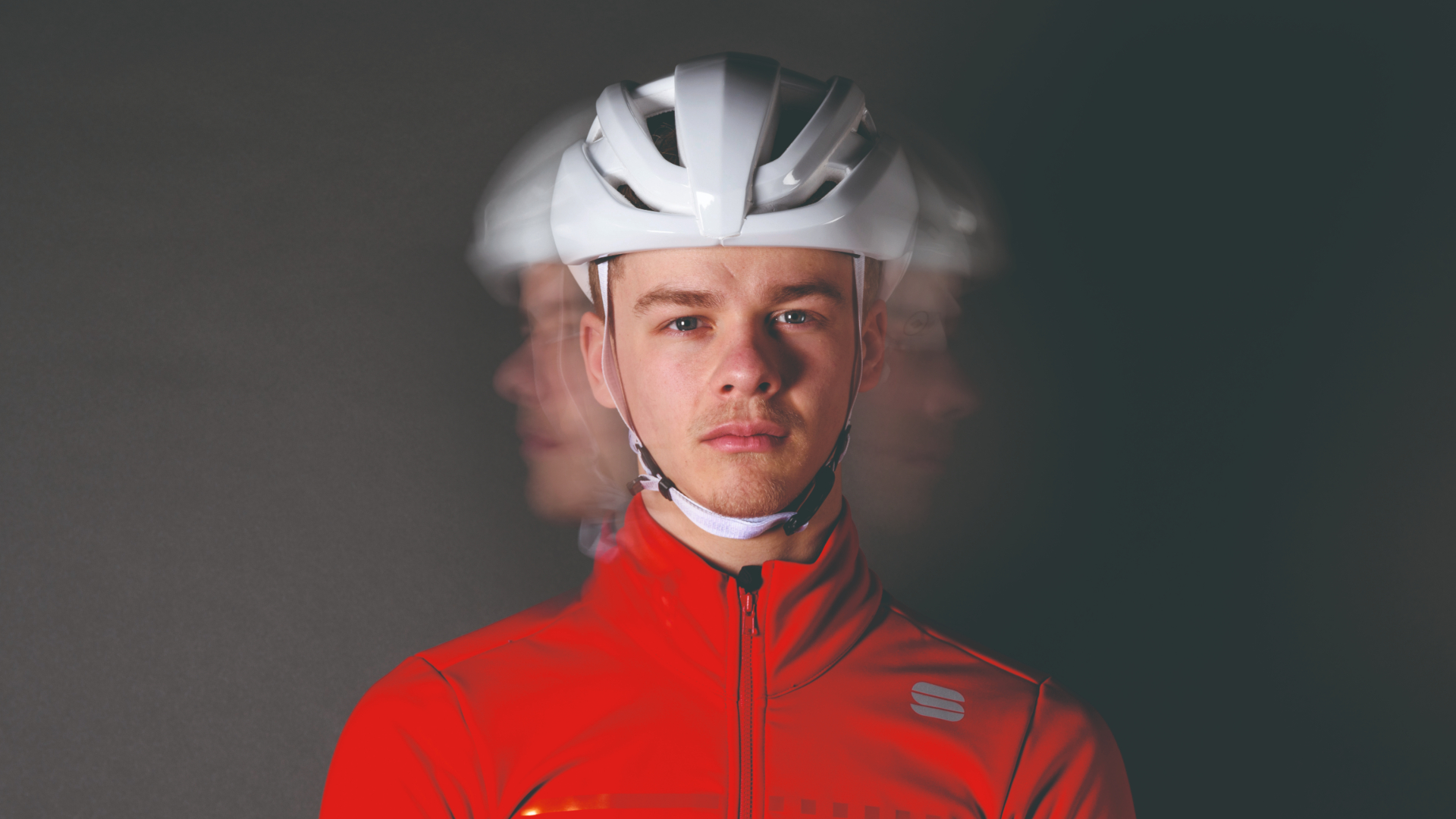 Concussion is a feature in 90% of cycling head injuries - here’s what you need to know about the symptoms and recovery
Concussion is a feature in 90% of cycling head injuries - here’s what you need to know about the symptoms and recoveryOne of the most common cycling injuries, concussion is a warning sign that the brain has been subjected to potentially damaging g-force
By Josephine Perry Published
-
 How to master your cycling-related nerves - from social anxiety on group rides to performance anxiety on race day
How to master your cycling-related nerves - from social anxiety on group rides to performance anxiety on race dayPre-race nerves are normal, possibly even helpful, but what if fears and unease begin to take the joy out of your cycling? We explore the troubling topic of anxiety
By Chris Marshall-Bell Published
-
 Should cyclists be worried about skin damage? All you need to know about protecting yourself from harmful rays
Should cyclists be worried about skin damage? All you need to know about protecting yourself from harmful raysAs high summer approaches, promising long hours of sun-drenched cycling, here’s what you need to know about the dangers posed by the sun and how to reduce the risk
By Chris Marshall-Bell Last updated
-
 Herpes, numbness, erectile dysfunction: Cyclists bare all on uncomfortable issues 'down there'
Herpes, numbness, erectile dysfunction: Cyclists bare all on uncomfortable issues 'down there'Long spells in the saddle can put our nether regions in jeopardy – but most of the risks can be prevented or at least managed. Chris Marshall-Bell tackles the taboo
By Chris Marshall-Bell Last updated
-
 'Cycling eases the symptoms and gives me a strong sense of purpose': We need to talk about... Bipolar disorder
'Cycling eases the symptoms and gives me a strong sense of purpose': We need to talk about... Bipolar disorderIt’s one of the commonest long-term conditions yet it’s shrouded in stigma and misunderstanding. Chris Marshall-Bell meets two riders boldly speaking out about their experience
By Chris Marshall-Bell Last updated